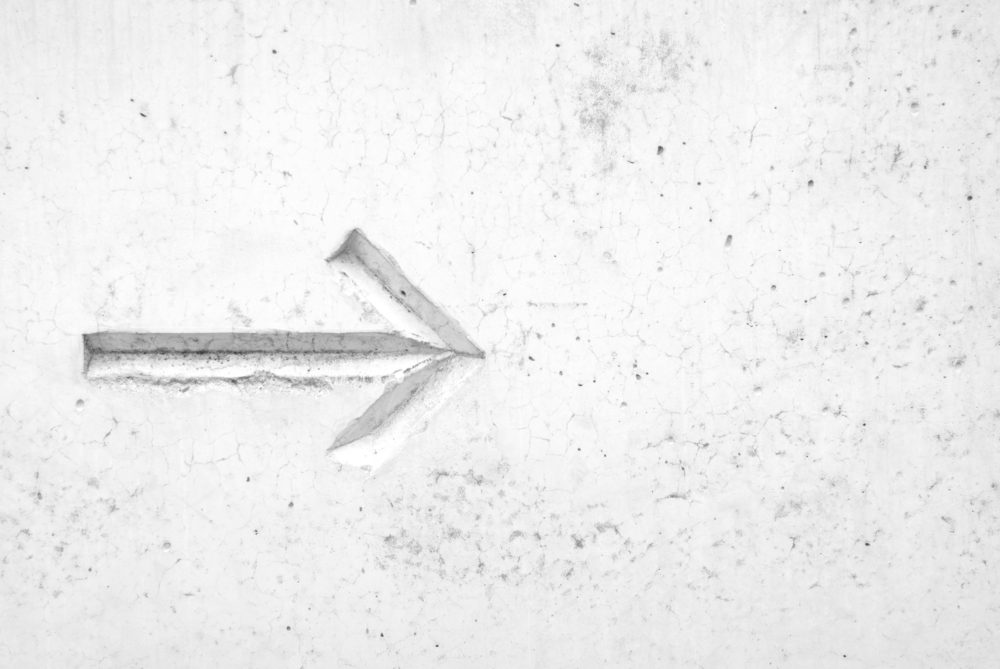
7 Ways to Build Stronger Glutes for Rowing
Want the video? Check it out on YouTube!
Did you know that out of the 640+ muscles in the human body the gluteus maximus is the largest? Also there are the gluteus medius and minimus which contribute to building a better backside but mainly play a role in hip stabilization.
When it comes to rowing, the glutes combined with the quads, hamstrings and core musculature, are the set of muscles that allow us to generate 90% of the power we use during the rowing motion. Strengthening them is obviously a hugely important part of maximizing that power and here at Dark Horse we’re all about generating power!! So here are our top 7 exercises to build stronger glutes for rowing.
*Note: You’ll need access to some equipment to get the most from these exercises, so either check what you have at home, or when you’re at the gym double check with a certified trainer and go through these exercises correctly first.
Equipment Needed: 2 Dumbbells, and/or 1 Barbell, a step or bench that is 6 inches or higher and a light resistance band or tube. In order to select the ideal amount of weight start by being conservative, going lighter than you normally would.
When starting any fitness program, it should begin with a physician’s Medical Clearance. Safety is the priority of any fitness program.
1. Warm-up: Not really an exercise we know, however the warm-up is crucial to achieve the necessary flow of blood to the muscles in order to focus on growth. This will decrease the risk of injury to you during the more intense phases of this plan. You need consistent movement of 5 minutes or more that raises your heart rate. If you have any cardiovascular equipment that’s great for the warm-up, but if you don’t, you could march up and down stairs, walk laps around your living room…use your imagination.
As with all strength training programs, be sure to avoid holding your breath while lifting. Breathing is best when exhaling on the toughest part of the exercise. Don’t overthink it, just breathe! Last but not least, engage your glutes firmly. Visualize this muscle group contracting and tightening with each movement you make.
2. Band Squat + Side Steps – Not only are these great for core activation, better knee health, and quadriceps endurance, but they are great for activating your glutes too! Grab a band or exercise tube that you can tie around your upper thighs (avoid looping the band around the knee joint).
- Hold your squat position the entire duration. Your knees will be bent approximately 90 degrees or slightly less.
- Keep your spine elongated (do not round your back).
- Watch your form in a mirror and be certain that your knees are over your toes when stepping side-to-side. Your steps will be very small, just a few inches as you move. Take 8 to 12 little steps to the right and 8 to 12 little steps to the left. Then repeat.
- Use your outer thigh muscles (abductors) to keep good knee alignment by pressing into the band the entire time. Do not let the band have any slack in it – keep it tight. Tell yourself that resistance equals results!
- Bring the majority of your body weight into the heels of your feet (you should be able to wiggle your toes inside of your shoes).
3. Weighted Hip Thrusts – Weighted hip thrusts are very popular because people have an easier time “feeling” their glutes working. It makes sense because it forces you to engage your glutes at the top of the ROM (Range of Motion). I recommend using a weighted barbell for this exercise, a step bench or regular Olympic bench.
- Tips to keep in mind when performing the Weighted Hip Thrust:
- Start with the barbell in your lap as you are seated upright on the bench.
- Slowly, begin to slide your hips off of the bench until scapulae (shoulder blades) and neck/head are supported on the bench, allowing your hips to drop towards the floor.
- Think of this as you would be performing a basic Bridge Pose (as in yoga) and keep your hips moving the entire time with a slight pause/extra contraction of the glutes at the top of the ROM.
- Keep the majority of your body weight in your heels. Again, you should be able to wiggle your toes inside of your shoes.
- 3 sets, 8-12 reps and the heavier you go, the more you can grow!
4. Skater squats– You can do this exercise with or without a mat under your knee. The mat will make the movement less challenging from a ROM standpoint. Slowly decreasing the height of the mat can help you increase your ROM. Omit the mat once you are able to perform the full ROM option consistently without losing balance.
- Place a mat behind your heel of the leg you will be using to perform the squat movement.
- Start in a standing position with arms extended and one foot elevated from the floor.
- Squat down in a curtsy position.
- Keep your adductors (inner thighs) engaged tightly and both hip bones pointing straight ahead (a mirror is extremely helpful with this movement).
- Allow the raised leg to extend behind the body keeping the foot raised.
- Aim to allow the knee to gently touch the floor (mat) before driving through the front leg and returning to the start position.
- Try your best to center your shoulders and weight over the top of your hips.
- Engage your core, like you are wearing a breathable corset.
- Keep your back heel lifted and focus specifically on your back leg on going deep in your lunge.
5. Elevated Split Squats–When you execute the Split Squats (AKA: Bavarian Lunges) think as if your back leg is weightless and your back foot is there just to help with balance. Really focus on your front supporting leg as well as the glute on your front leg. Other important tips to keep in mind:
- If using a barbell, be sure to avoid resting it on your cervical spine (upper neck). The bar should rest more on your trapezius muscle (the meaty part of your upper back, just below your neck).
- The option of using a heavy dumbbell and holding it close to your midsection is another great variation.
- The starting position is on the floor, feet hip-width a part.
- When placing one leg on the step or bench, be careful you are not over crossing. You should feel like your stance is still hip-width, as if you were on a narrow set of train tracks – not a balance beam.
- You should be able to wiggle the toes in your front foot when performing this exercise, lunging up and down.
6. Lateral Lunges– Start with your feet shoulder width apart. You have the option of using a dumbbell/kettlebell, and holding it at your midsection or placing two free weights on your shoulders. Inhale and then exhale as you step out to the right and shift your body weight over your right leg, squatting to a 90 degree angle at the right knee. Try to sit down with your hips, keeping your chest as upright as possible. Remember:
- To engage your core, breathe the entire time and keep your spine elongated.
- Watch your knees and make certain they are always pointed the same direction as your toes to avoid injury.
- If you have an old protein shake lid, you can use this under your foot on a smooth surface to help add that slide motion.
7. Clams – An option on the clam exercise to work either with body weight or to add additional resistance of a band. If you are adding the band ensure it is higher than the knee joint. Apply all of the following tips:
- Lying on your side ensure your hips shoulders are inline with your hips, hips in line with heels and knees are naturally in front of the body.
- Externally rotate the knee aiming to raise between 8-12 inches, pause at the top before slowly lowering to start point.
- Perform 3 sets of 8-12 reps on each side and concentrate on physically and mentally engaging your glutes. You will notice a difference in sensation when you become more aware of your body.
There you have it! The top 7 ways of building stronger glutes for rowing. Try adding these exercises into your routine as often as you feel suitable and remember to consult a trained professional before undertaking a structured exercise routine.
Yours in fitness, education and working those glutes!
Coach John
Photo by EVREN AYDIN on Unsplash
No products in the cart.


